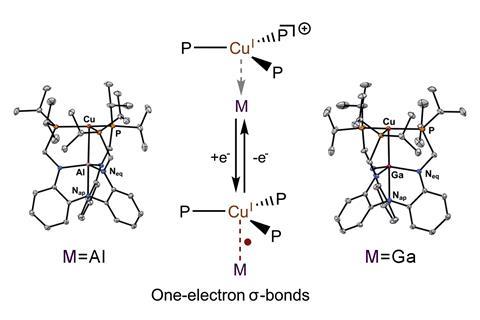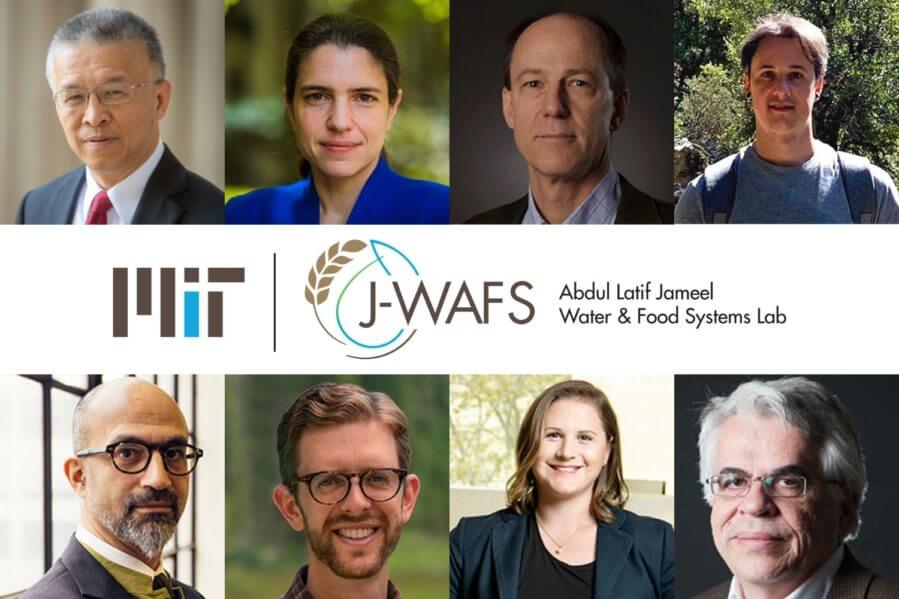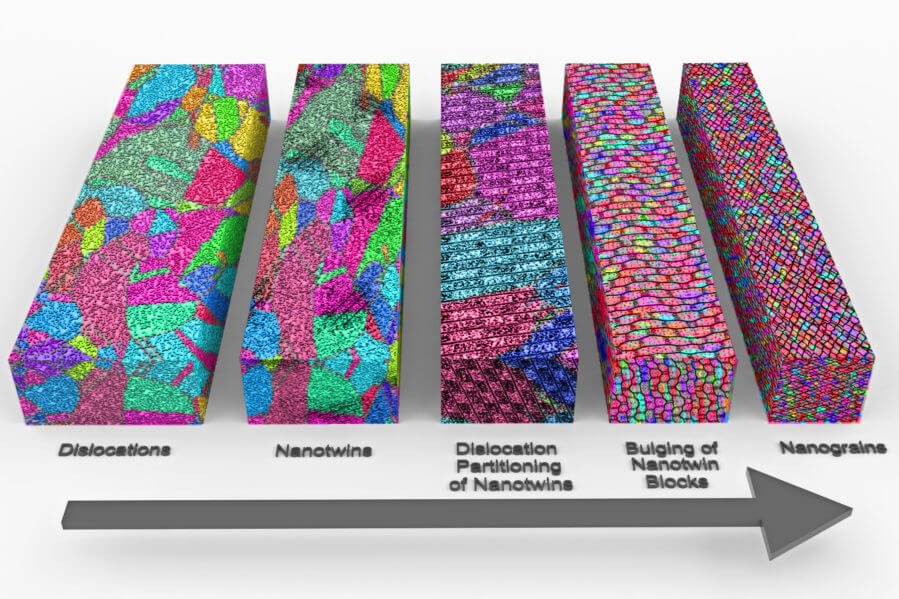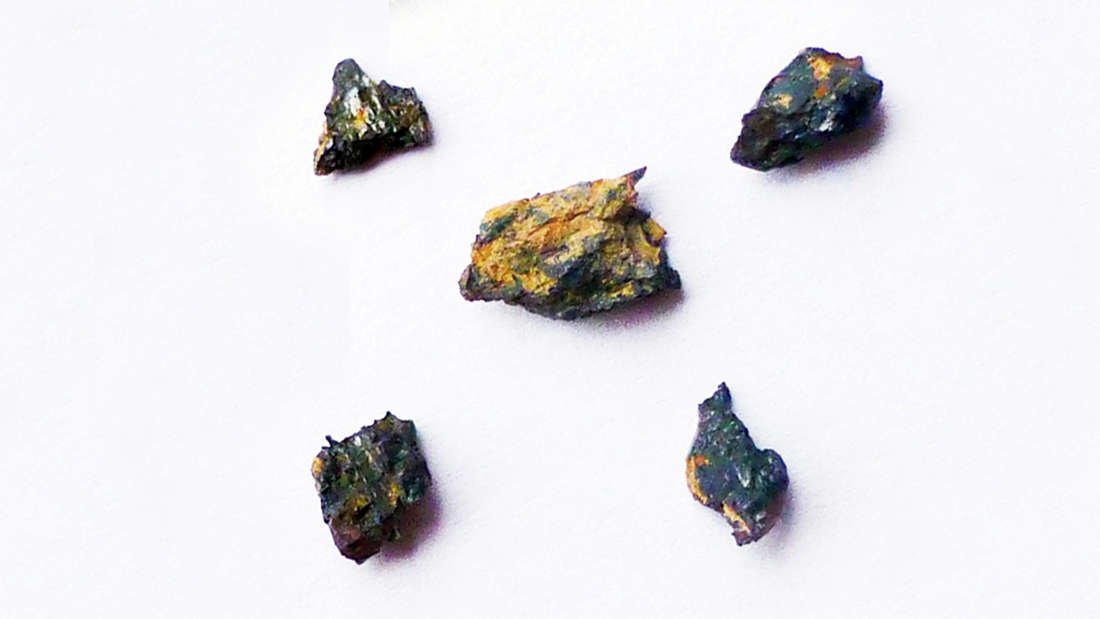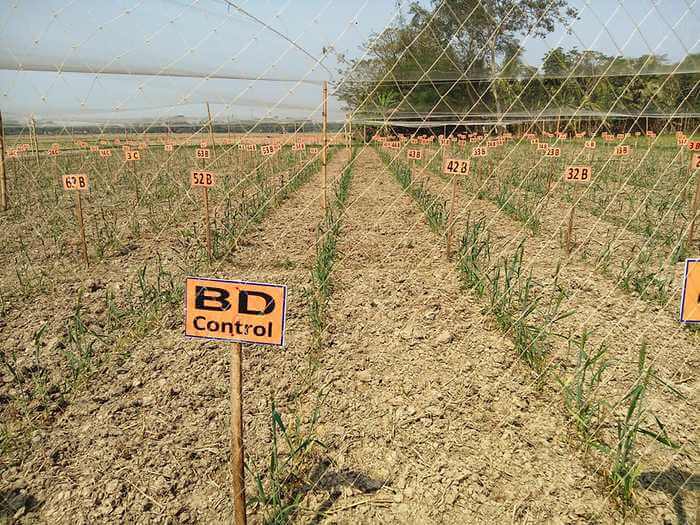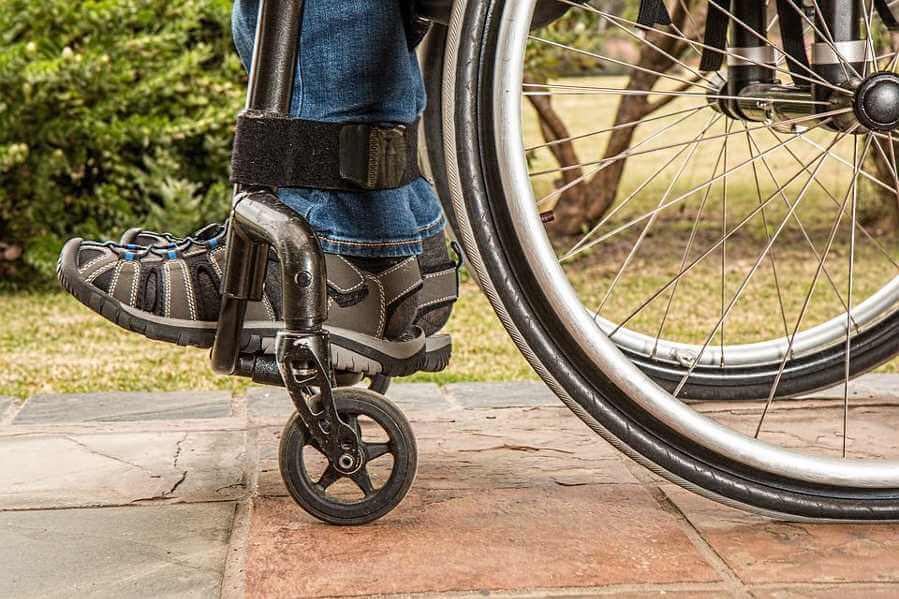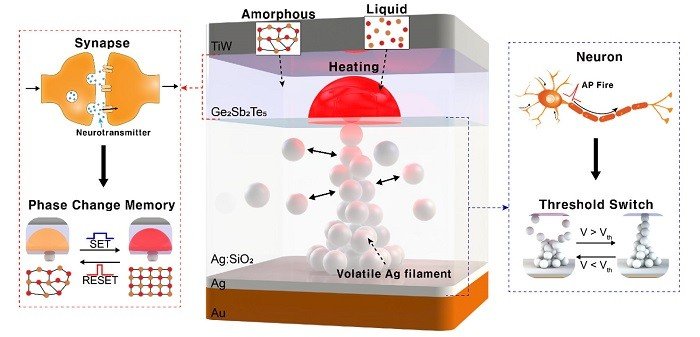Eating low glycaemic index foods promotes a healthier body shape in patients with coronary artery disease, according to a study presented at ACNAP-EuroHeartCare Congress 2022, a scientific congress of the European Society of Cardiology (ESC).1 The glycaemic index (GI) ranks carbohydrate-containing foods according to how quickly they affect blood sugar levels. High GI foods cause […]
Read More

